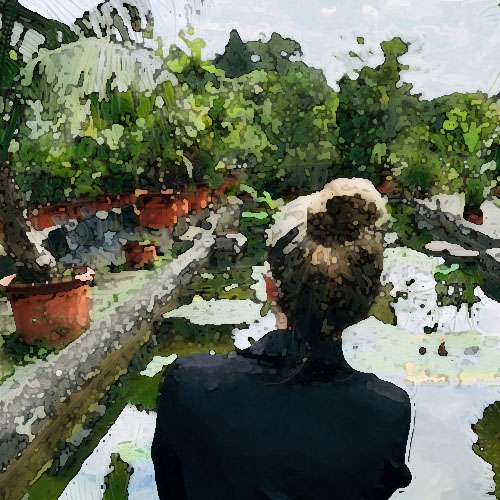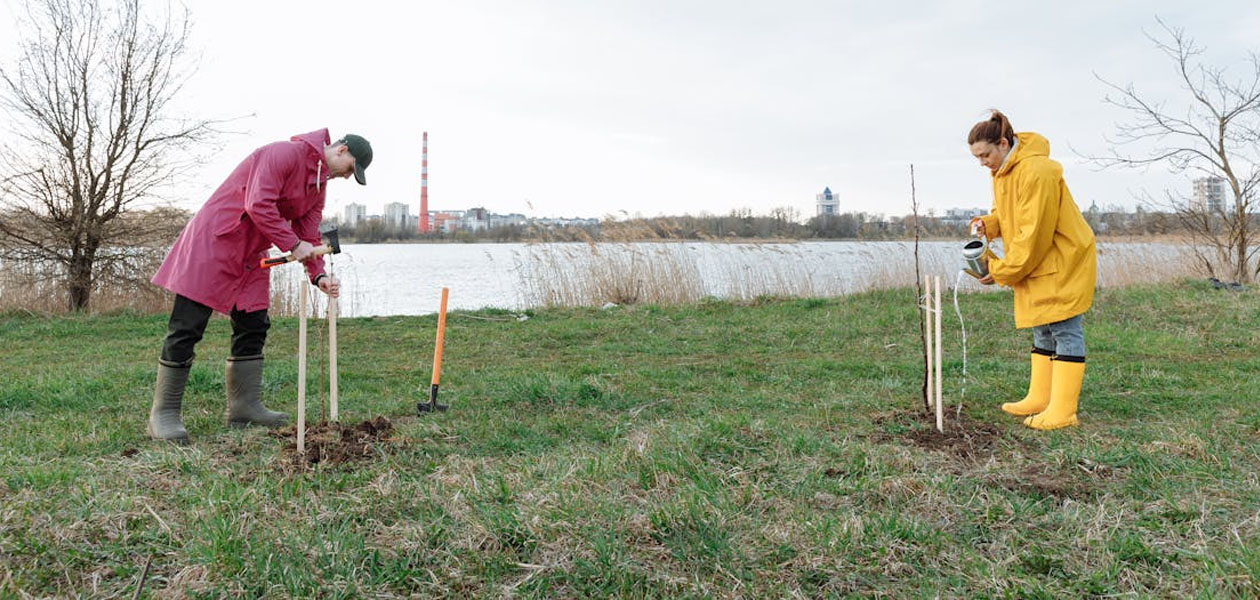GOING BEYOND GREEN: HOW REGENERATIVE TRAVEL CAN CHANGE THE WORLD
GOING BEYOND GREEN: HOW REGENERATIVE TRAVEL CAN CHANGE THE WORLD

For years, the conversation around sustainable travel has mainly focused on one idea: minimizing harm. Tourists have been encouraged to reduce their carbon footprint by avoiding single-use plastics, and of course, respect local cultures and customs. In other words, don’t treat the world like your laundry basket at home. While these practices remain essential, a new movement is emerging that pushes sustainability further. It’s called regenerative travel, and it’s not just about reducing impact—it’s about leaving your travel destinations better than you found them.
This philosophy is reshaping how we think about travel, shifting it from a passive experience into a powerful force for healing the planet and empowering communities.
What Is Regenerative Travel?
Essentially, regenerative travel goes beyond just “do no harm.” Instead, its purpose is to actively improve ecosystems, economies, and even cultures. For example, imagine staying at a lodge that not only avoids deforestation but actively plants new trees. Imagine a coastal resort that restores coral reefs, or a farm-stay where visitors help rebuild soil health through regenerative agriculture.
The idea stems from the broader concept of regenerative living, which emphasizes creating systems that renew themselves, giving back more than they take. In travel, this translates to experiences that:
-
Restore natural environments
-
Support and empower local communities
-
Revive cultural traditions
-
Provide travelers with deeper connections to people and place
Why the World Needs Regenerative Travel
At times, tourism can be a double-edged sword. On one hand, it creates jobs, fosters cross-cultural understanding, and boosts economies. On the other, it can also lead to over-tourism, strain resources, and disrupt fragile ecosystems. Popular destinations like Venice, Bali, and Machu Picchu have struggled with the downsides of mass tourism.
Regenerative travel offers a solution. Instead of extracting value, it focuses on replenishing it. A regenerative trip might help restore a mangrove forest, provide funding for women-led businesses, or revive endangered cultural traditions. In other words, regenerative travel helps heal some of the wounds that conventional tourism has inflicted.

Destinations of Regenerative Travel
1. Finca Luna Nueva Lodge, Costa Rica
This eco-lodge is more than just a rain-forest retreat. Guests participate in farm-to-table dining, permaculture workshops, and rainforest conservation efforts. The lodge practices regenerative agriculture, improving soil fertility while producing food for visitors and locals alike.
2. Lapa Rios Lodge, Costa Rica
Located in one of the most biodiverse regions on Earth, Lapa Rios protects over 1,000 acres of rainforest. Tourists fund conservation directly, ensuring wildlife like scarlet macaws and monkeys thrive.
3. Navajo Nation Tours, USA
Travel companies working with Indigenous guides offer cultural experiences that funnel revenue back into tribal communities. Visitors learn not only about landscapes but also about heritage and traditions, helping preserve them for future generations.
4. Regenerative Tourism in New Zealand
New Zealand has embraced regenerative tourism as part of its national strategy, encouraging visitors to contribute to conservation projects and cultural revitalization while exploring.

How Travelers Can Be Regenerative
You don’t need to stay at a luxury eco-lodge to practice regenerative travel. Everyday travelers can embrace the philosophy by making intentional choices:
-
Choose Accommodations Wisely: Stay at hotels, guesthouses, or lodges that support conservation or local initiatives. Look for certifications or evidence of regenerative practices, not just “green” marketing.
-
Support Local Economies: Dine at family-owned restaurants, buy crafts directly from artisans, and choose tours led by locals. This ensures money stays within the community.
-
Give Back Through Experiences: Opt for excursions that include conservation efforts—like reef restoration dives, tree-planting, or wildlife protection programs.
-
Learn and Respect: Take time to understand the culture, traditions, and struggles of the places you visit. Being a respectful and engaged guest is regenerative in itself.
The Traveler’s Reward: Deeper Connection
Regenerative travel isn’t just about what you give—it’s also about what you gain. Unlike passive tourism, regenerative experiences invite active participation, creating a stronger bond with the destination. Planting trees in a rainforest or helping restore a coral reef provides a sense of purpose and belonging that a simple beach vacation may not.
Travelers often return home with new skills, perspectives, and values. Many find themselves inspired to live more regeneratively in their daily lives, whether through food choices, sustainable living, or advocacy.
Challenges of Regenerative Travel
As with any movement, regenerative travel faces challenges:
-
Green-washing Risks: Some companies may market themselves as “regenerative” without truly practicing it. Travelers must research carefully.
-
Accessibility: Many regenerative options are boutique or remote, sometimes making them more expensive than conventional choices.
-
Scaling Up: The challenge is to bring regenerative practices into mainstream tourism without losing authenticity.
Despite these hurdles, the growing interest in regenerative practices signals a positive shift. As travelers demand more meaningful and responsible experiences, businesses are responding with innovative models.
The Future of Travel: Regeneration as the Norm
Looking ahead, regenerative travel could move from niche trend to industry standard. Governments are already exploring ways to integrate regeneration into national tourism strategies, while travel companies are rethinking their missions. Imagine a world where every vacation helped restore ecosystems, uplift communities, and preserve cultural heritage.
If the past era of tourism was defined by mass consumption, the future may well be defined by regeneration.
Ultimately: Beyond Green
The next time you plan a trip, think beyond reducing your footprint. Ask yourself: How can my journey leave a place better than I found it? Whether it’s through supporting local communities, restoring ecosystems, or simply approaching travel with respect and care, you have the power to make your vacation regenerative.
Travel, at its best, connects us—to nature, to culture, and to each other. Regenerative travel deepens those connections by reminding us that our journeys can be more than personal escapes—they can be acts of renewal. And in a world that urgently needs healing, that might just be the most rewarding journey of all.
Related News .
Stay updated with the most important events.





